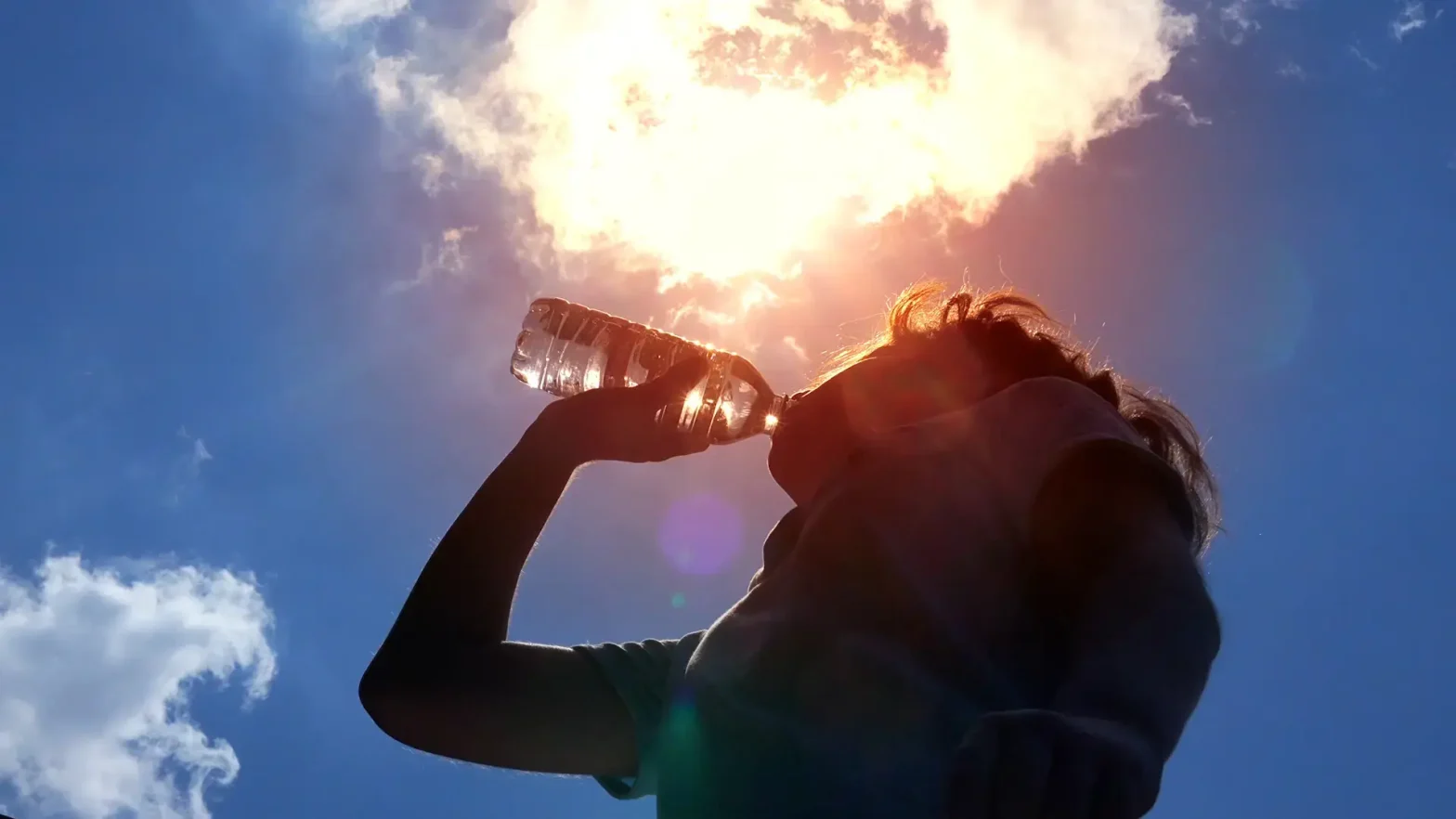Melbourne’s blistering summer heat is a significant challenge at the Australian Open, where athletes face extreme conditions on the court. This rising heat, while tough for professional players, is a growing concern for all Australians. As the intensity of the heat increases, it highlights the broader issue of climate change and its impact on public health and safety.
Heatwaves Affecting Australian Lives
Heatwaves and extreme temperatures are now the deadliest natural hazards in Australia, surpassing floods, fires, and other disasters. With the increasing frequency and intensity of these heat events, the risks are becoming more severe. These extreme weather conditions are a direct consequence of climate change, which continues to worsen over time, posing significant threats to both athletes and the general population.
Melbourne has seen a notable increase in extreme summer temperatures, averaging 11 days above 35°C, a number expected to double by 2050. So far this summer, the city has recorded 15 days over 30°C, with four days exceeding 35°C. This upward trend in temperature is indicative of the growing climate crisis, which has direct implications for daily life, including sports events like the Australian Open.

Risk of Heatstroke and Health Hazards
High temperatures pose serious health risks, including heatstroke, which occurs when the body’s core temperature rises above 40°C. Symptoms of heatstroke include nausea, dizziness, organ failure, and even death. While the air temperature doesn’t need to reach 40°C for heatstroke to occur, prolonged exposure to extreme heat can quickly elevate core body temperature, making it essential to protect oneself, especially during physical exertion.
To manage the heat, it’s important to stay hydrated, wear protective clothing, and plan activities during cooler parts of the day. Australia’s sporting culture emphasizes the need for safety, so it’s crucial to follow guidelines such as wearing sunscreen, hats, and sunglasses, and seeking shade when possible. Additionally, looking out for vulnerable individuals, including the elderly and children, can help reduce the risks of heat-related illnesses.
